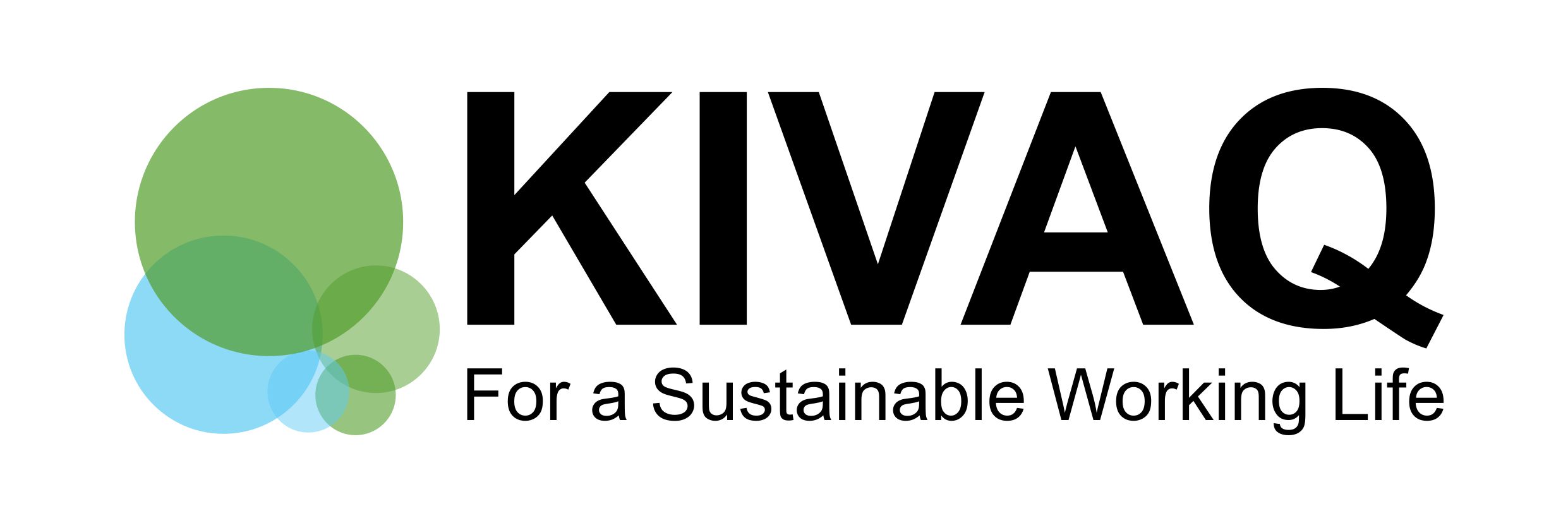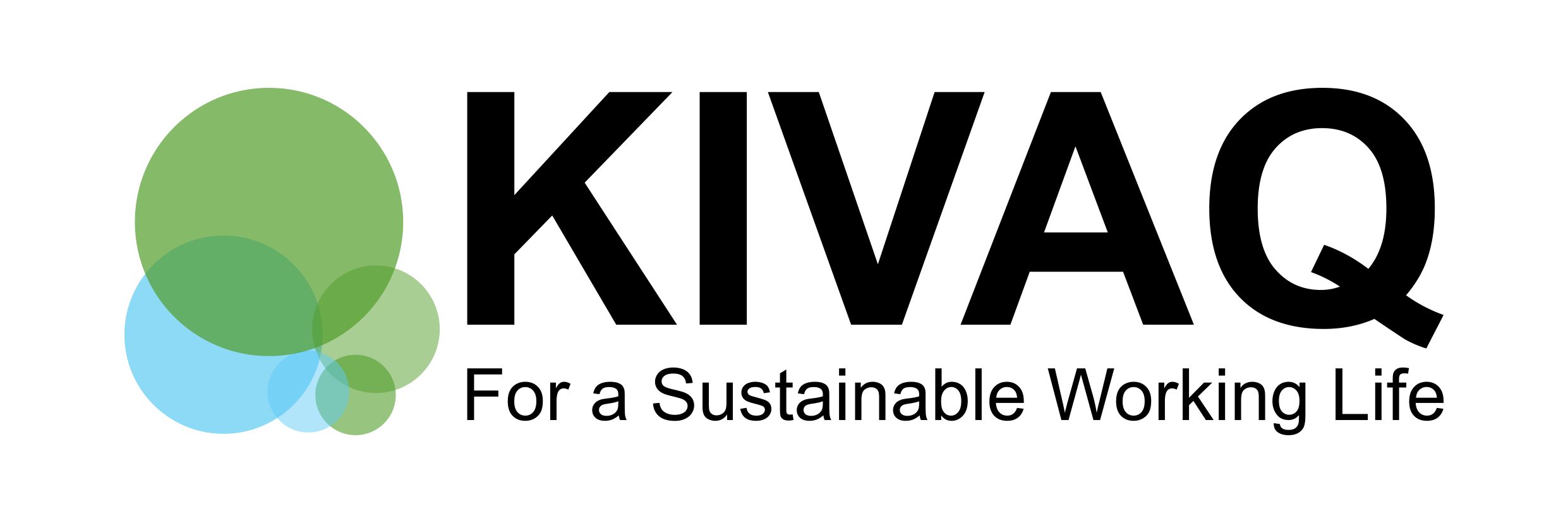About importance of leadership
For over 30 years I was working as a company doctor at a steel factory. During those years I noticed a clear shift in the personnel´s attitude toward the superiors. In the past, having the right title was more than enough to achieve authority, but today especially the near-leader (= a persons immediate superior) acquires his/her authority through his/her own actions and behavior.
Thanks to the well functioning educational system organizations are now facing the fact that the subordinates have more knowledge in their job than their superiors. As far as I know this is the truth not only for many organizations in Finland, but also for organizations globally. Because of this employees often need to take, and also should be given the possibility to take, more responsibility for their own jobs. Therefore, shared leadership is relevant and should be an issue in todays working life. In Finland Tekes – the Finnish Funding Agency for Innovation has nailed it by launching the campaign “Finland needs 5 000 000 leaders” (same amount as the total population = everyone should be a leader) where self-leadership is introduced parallelly with near-leadership http://bit.ly/1ztGagh.
Already for years Mediona has used an engaging method for developing the wellbeing at work in organizations. Over the time I have noticed that “Leadership” seldom arises as a development area during the development workshops, although we know how strongly the leadership affects the wellbeing at work. Is it possible that the leadership is a topic too sensitive to bring up when the superior sits next to you? I myself, believe this often is the reason, and this is why we have developed the development method Metal Age® Leadership – a new way for developing both near-leadership and self-leadership.
Still, we don’t say that superiors shouldn’t participate in conventional leadership educations, but are these really enough? I suspect that the leadership jumps to a totally different level if the superior is brave enough to together with his or her own team open-mindedly develop both his/hers own near-leadership and the self-leadership of his/hers co-workers.
Our workshop for developing the near-leadership and self-leadership takes about 4 hours and includes the following steps:
- Reviewing the results of a recent work wellbeing questionnaire.
- Finding the development areas for a) near-leadership and b) self-leadership. Group work in pairs. Superior works together with the facilitator separately from the others.
- Summary of the development areas suggested by the subordinates. The superior do not participate in this stage.
- Discussion and planning of the concrete actions for developing the leadership. The actions and the schedules are agreed on together. Everyone participates.
- Decisions about a possible follow-up and a new work wellbeing survey.
I want to challenge all leaders – take the next step and start developing the leadership together with your own team including all your subordinates. I’m convinced that not only the subordinates’, but also the leader’s own work wellbeing will improve after only a half a day of interactive leadership development.
– Ove Näsman

